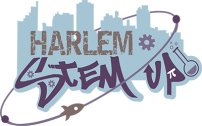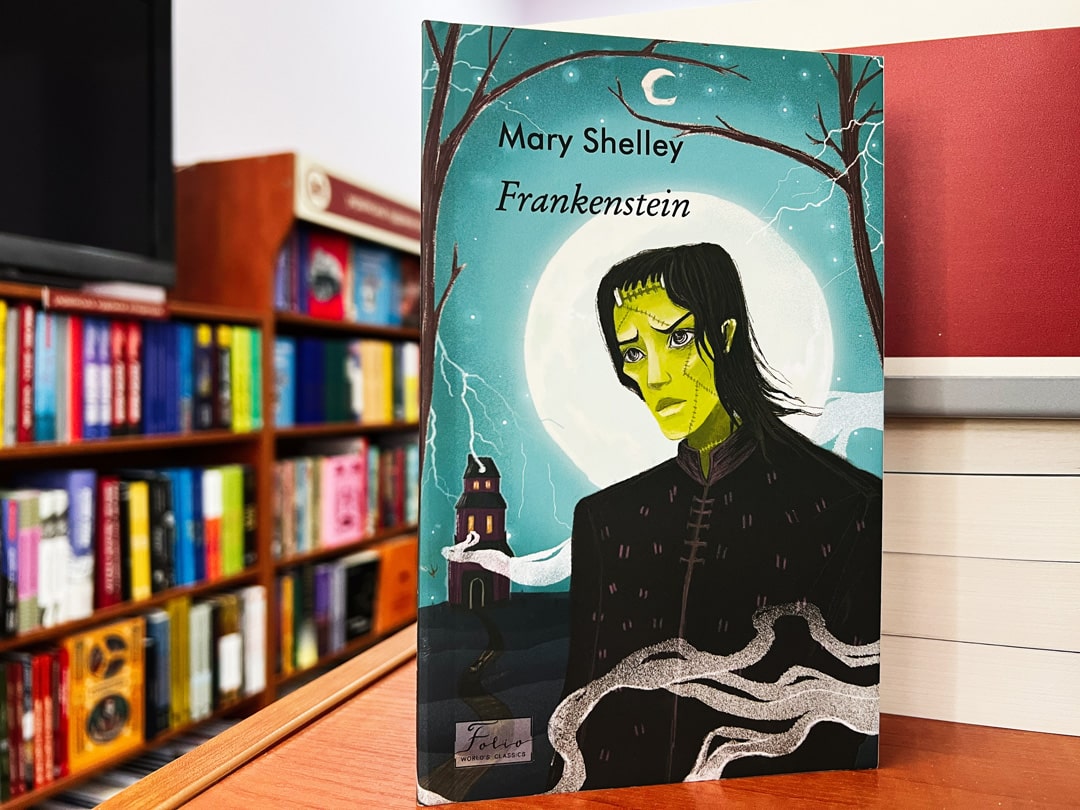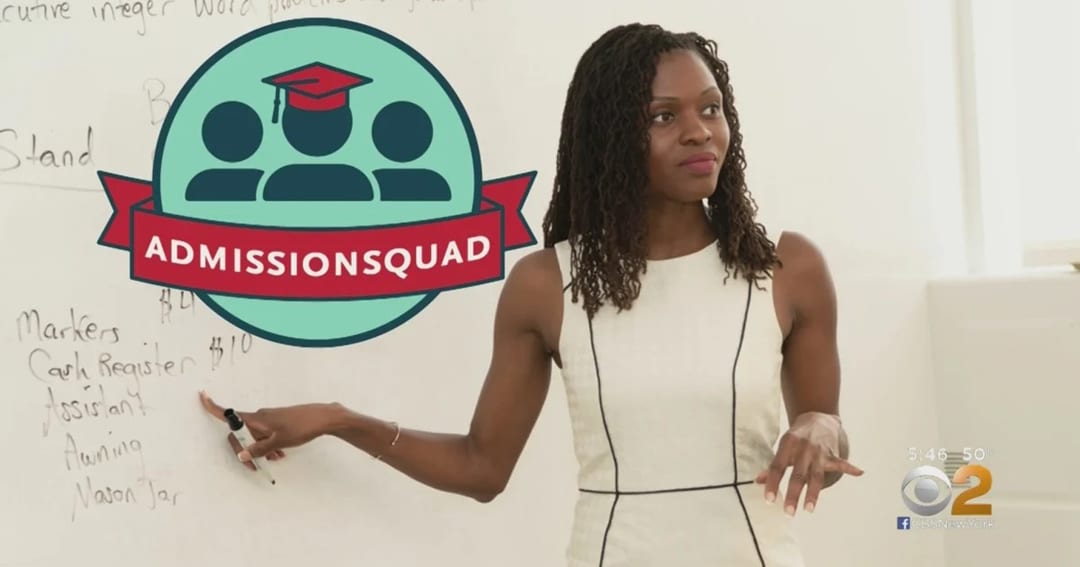Two hundred years ago, a young woman sat by a fire on a stormy night and imagined a scientist who would bring life to his own creation. That moment of imagination gave the world Frankenstein — and introduced a whole new way of thinking about science, ethics, and human possibility.
The author was Mary Shelley, and she was only eighteen years old when she began writing the story that many now call the world’s first work of science fiction. Her idea was born from curiosity and fear, from questions about what science could do and what it should do. Frankenstein wasn’t just a ghost story. It was a reflection on innovation, responsibility, and the boundaries of knowledge — the same questions that drive so many scientists and engineers today.
As Harlem STEM Up celebrates Halloween and the 200th anniversary of Frankenstein, we also celebrate the spirit of experimentation, discovery, and imagination that Mary Shelley embodied — and the young minds, especially girls, who are shaping science’s next great chapter.
The First Science Fiction Story Was Written by a Teen Girl
Mary Shelley’s achievement was extraordinary not only because of her age, but also because of the time she lived in. In early 19th-century Europe, women rarely had access to scientific education or public recognition for their ideas. Yet Shelley grew up surrounded by thinkers — her mother was the pioneering feminist Mary Wollstonecraft, and her father a philosopher who encouraged her to read widely.
When she wrote Frankenstein, scientific progress was transforming the world. Experiments with electricity, magnetism, and biology captured the public’s imagination. Scientists like Luigi Galvani were studying how electric currents could make frog legs twitch — the same phenomenon Shelley imagined could spark her creature to life. Her story reflected real questions being debated at the time: What are the limits of human invention? What happens when our creations outgrow our control?
Those are still the questions at the heart of STEM fields today, from artificial intelligence to genetic engineering. Shelley’s work reminds us that science isn’t just about equations and experiments. It’s also about ethics, creativity, and empathy — qualities that belong to everyone, not just those historically represented in the field.
From Sci-Fi to STEM Reality
In the two centuries since Shelley wrote her book, science has caught up with much of what she imagined. Researchers can grow tissues in labs, build intelligent machines, and even explore the nature of consciousness — the same frontier questions that drove Victor Frankenstein’s fictional experiments.
But while the science has advanced, representation still lags behind. In New York and across the country, girls — particularly Black and Latinx girls — remain underrepresented in STEM programs, high school science tracks, and university-level engineering and technology majors.
Harlem STEM Up exists to close that gap. Through mentoring, exposure, and hands-on learning opportunities, we help students see that they belong in labs, in classrooms, and in leadership roles that shape the future of science. Programs like ours prove that talent is universal — opportunity is not. And just like Shelley, our students are ready to imagine what comes next.
Science Isn’t Scary — It’s Transformative
Halloween is the perfect time to remind students that science can be thrilling, creative, and fun. The lightning bolts in Frankenstein, the lab experiments, the mix of fear and wonder — all of it mirrors what real scientists feel when they discover something new.
We encourage young people to see that science isn’t about perfection or mystery. It’s about curiosity, persistence, and the courage to ask questions that no one else has thought to ask. That courage is what turns a student’s curiosity into discovery, and a classroom lesson into a lifelong calling.
Lighting the Way Forward
As we celebrate Frankenstein’s 200th anniversary, we also celebrate the students who, like Mary Shelley, dare to think differently. We honor the girls who write stories, build robots, test theories, and dream about new solutions to old problems.
Science fiction often begins with the words “What if?” — and so does every great scientific breakthrough. Harlem STEM Up believes that when we nurture that question in every child, we create a future powered by imagination, responsibility, and equity.
Mary Shelley didn’t just write about creation. She reminded the world that creativity itself is a form of power — one that belongs to all of us. Two hundred years later, her story still challenges us to build wisely, think boldly, and ensure that every young mind has the chance to create something extraordinary.


